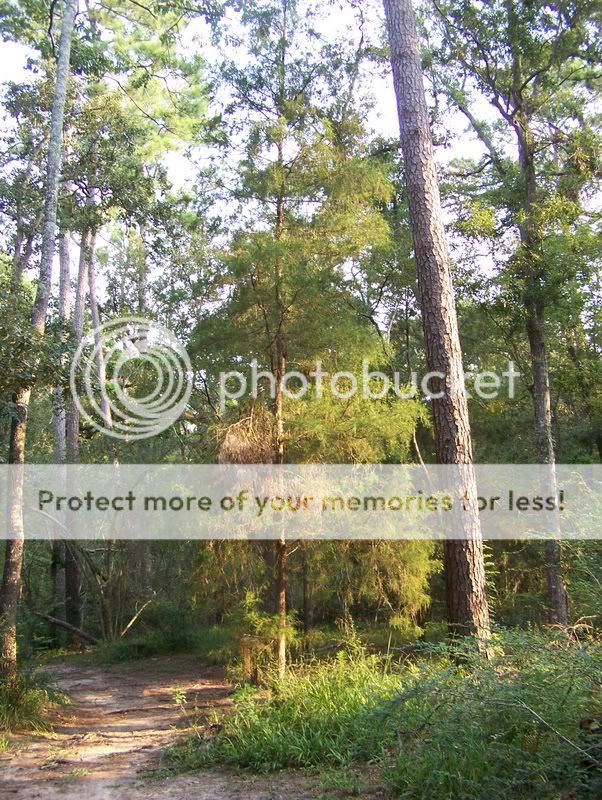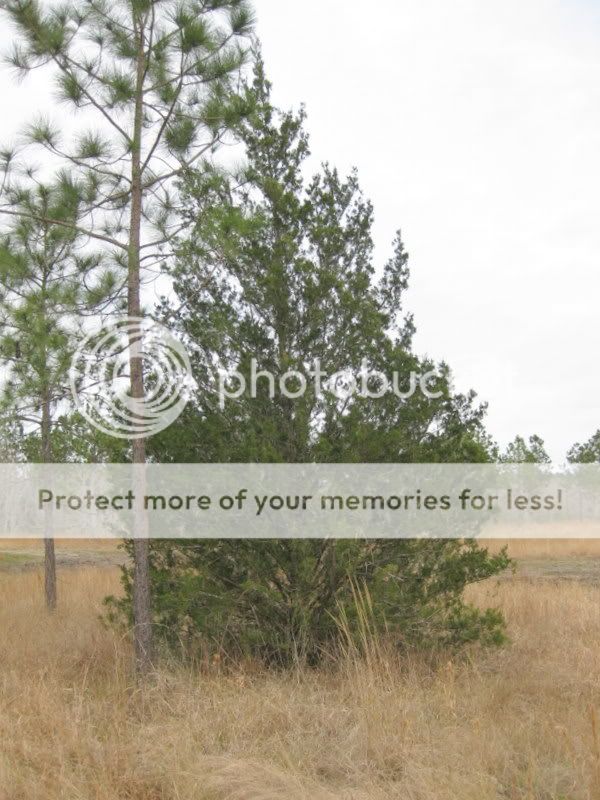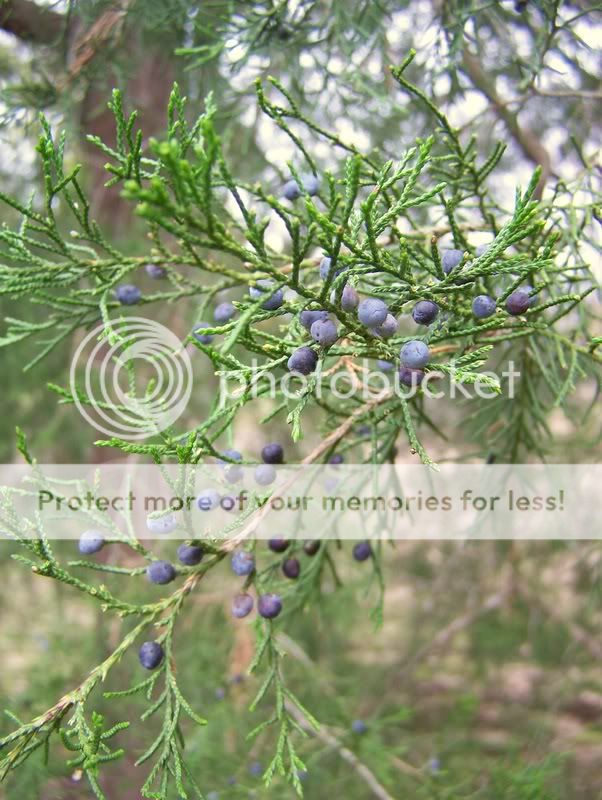Eastern Red Cedar is a common conifer found everywhere east of the Great Plains. Not a true cedar, it is one of three or so species of Juniper in Texas. In Texas you'll find it in the eastern half of the state. Once you hit the Hill Country, Ashe juniper (Juniperus asheii) replaces the Eastern Red Cedar.
The Eastern Red Cedar is a pioneer tree species and will invade pastureland unless controlled. Out in the open, it grows like dense, plump Christmas trees (in fact, it is the traditional Southern Christmas tree species). But among other trees, it grows tall with looser foliage. The leaves come in two forms. The juvenile form is spikey with the needle-like leaves held out, while in the adult form, the leaves are held flat like scales.
Like most Junipers, the Eastern Red Juniper is dioecious with "male" and "female" forms. Female trees produce blue, berry-like cones which are smaller than those of Ashe juniper. The bark is stringy and the heartwood familiarly fragrant.








